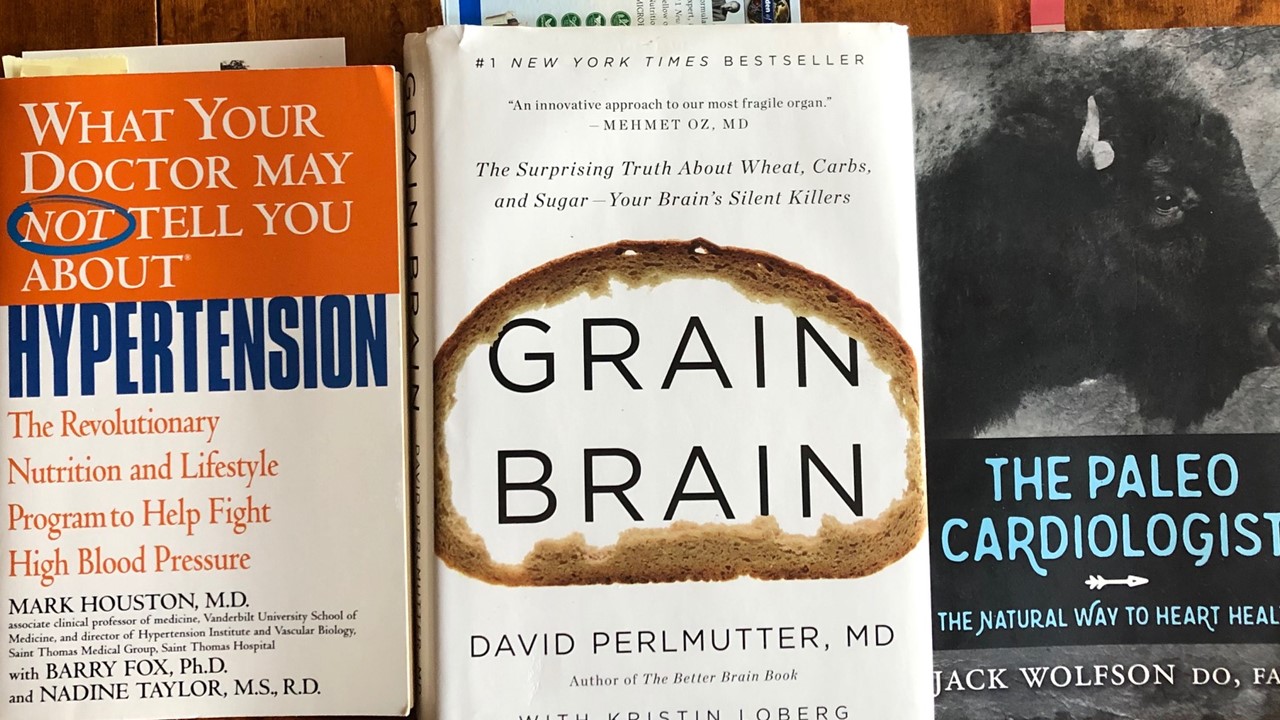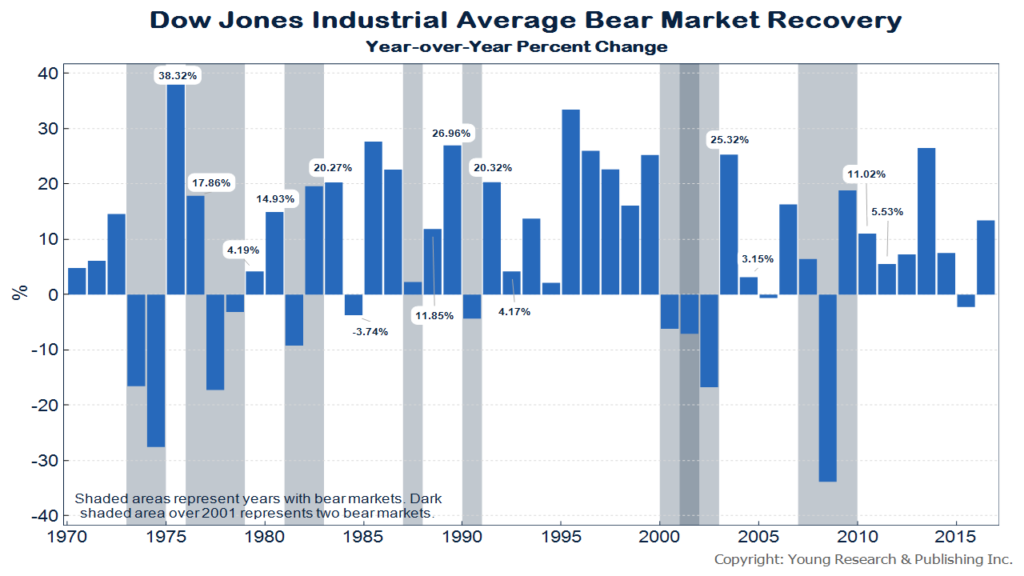Companies faced with limited supplies of raw materials and rising costs of goods are narrowing down the models of products they make to only the most profitable. That usually means that they are building the higher-end, pricier models in their product portfolios, leaving families with lower earnings unable to find cheaper alternatives. The Wall Street Journal reports:
Anthony Coughlin’s appliance shop has little trouble filling orders for high-tech washing machines or designer ovens. More difficult: satisfying customers on the hunt for bare-bones, low-budget machines.
“There was a day when a customer could walk in the door and buy a secondary piece or a landlord special and have 100 options to choose from,” said Mr. Coughlin, a co-owner of All Shore Appliance in Port Washington, N.Y. “Now it’s more along the lines of, we explain to the customer what we have.”
As the global supply-chain crisis snarls production and bloats manufacturing and shipping costs, companies that make products from lawn mowers to barbecue grills are prioritizing higher-priced models, in some cases making cheaper alternatives harder or impossible to find, company executives, retailers and analysts say.
Some are pushing upscale products in an effort to make up for added labor, shipping and manufacturing costs. Whirlpool Corp. WHR 0.06% , maker of washing machines, KitchenAid mixers and other home appliances, said in July it would shift toward higher-price products as part of a plan to help cover rising costs.
Auto makers and other companies, faced with strapped suppliers, are directing limited parts to their highest-margin products.
“A combination of inflation and scarcity is pushing manufacturers toward higher-priced goods,” said David Garfield, head of the consumer-products practice at consulting firm AlixPartners. “If a manufacturer can’t get enough parts to make all the product they’d like, they may make more of a premium product to protect their profitability.”
The shift to upscale products comes in addition to other steps companies are taking to recoup costs and get as many products as possible to consumers. Across industries, manufacturers of products from toilet paper to televisions are raising prices, winnowing product assortment and imposing purchase limits on retailers.
Supply-chain bottlenecks, worsening as the pandemic persists, have led to extensive congestion at ports as well as soaring costs for transportation and raw materials. Meanwhile, manufacturers, retailers and consumers are getting hit by higher inflation, expected to last well into next year.
A cheap outdoor grill, for instance, might be tougher to track down. Weber Inc. WEBR -3.49% generally builds its less expensive models in China, while the company’s U.S. operations supply the bulk of the company’s product line, which tends to come with higher price tags, Chief Executive Chris Scherzinger said in an interview. Because port slowdowns in China have delayed the shipment of goods from the country, products made there are less readily available than U.S.-built options, he said.
Mr. Scherzinger said, however, the bigger factor driving stronger sales of more premium options is that consumers are favoring pricier grills as they spend more time at home and outdoors amid the pandemic. “Whatever we can’t offset through productivity, we have the ability to go to the market and offset that with price,” he said.




